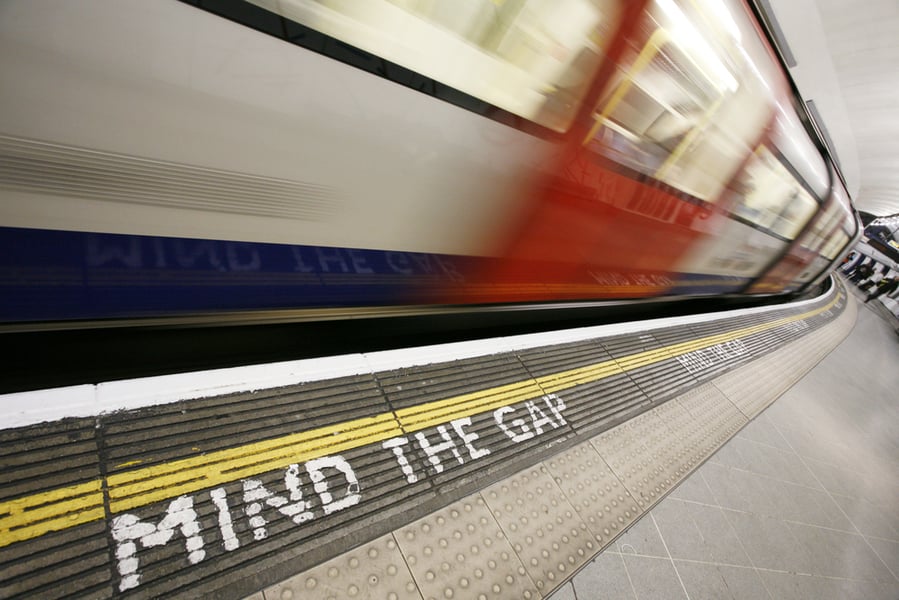in the final three months of the year prices in this sector increased 14% quarter on quarter and overall the year ended with prices up 3.75%, according to data from the Land Registry.

Average prices in the prime central London property market reached a new high of £1,818,262 in 2016 with the market rallying in the final quarter of the year, analysis of Land Registry figures has suggested.
Indeed, in the final three months of the year prices in this sector increased 14% quarter on quarter and overall the year ended with prices up 3.75%, according to the data.
However, sales were down substantially with only 3,330 during the whole year, the lowest number on record and a fall of 29% over the previous year.
But the fourth quarter recorded 118 sales, a 19% increase over the previous quarter. But this was still down 33% compared to the fourth quarter of 2015.
In Greater London average prices reached £584,694, down 3% compared to the beginning of the year but up 5.7% overall over the previous year.
Sales also remained low in this sector, down 29% compared to the same quarter in 2015, down 6.3% fall on the previous quarter and a 21% year on year.
Naomi Heaton, chief executive officer of residential experts London Central Portfolio which analysed the statistics, said: "Having taken a big knock following last April’s new additional rate stamp duty and the shock of Brexit, evidence of a recovery in prime central London in the fourth quarter is positive news.
"As an international buying market, the weakness in sterling combined with the Trump effect and increasing instability in Europe, appears to have drawn investors back to prime central London as a safe haven asset class. The uptick has been led, in particular, by Kensington and Chelsea which saw a 24% quarterly increase in prices."
But she pointed out that sales activity was equivalent to just 64 a week, the lowest number on record and half the volume registered just two years ago but Heaton believes that there is reason for optimism.
She added: "Sales volumes saw a recovery at the end of last year. Whilst transactions remain significantly down for the year as a whole, lower even than the depths of the credit crunch, it is notable that there was a 19% increase in sales in the fourth quarter compared with the previous quarter, albeit from a very low base.
"This is notable as it is bucks the seasonal trend where volumes typically tail-off in the quieter pre-Christmas period. It is our expectation that sales numbers will continue to harden gradually as the initial shock of Brexit and tax changes wash through."
In Greater London, the fall in transactions was also marked, down 29% in the fourth quarter compared to the same period in 2015. Whilst annual price growth was more positive, up 5.7%, average prices took a hit across the year, finishing 3% lower than in January.
Heaton concluded: "Despite government initiatives to support buyers with reductions in basic rate stamp duty and their flagship Help to Buy scheme, it appears the domestic market is still struggling.
"Salary caps on mortgage lending, which do not reflect the ratio between house prices and earnings, are hampering buyers to get on the housing ladder and their ability to trade up.
"This has been exacerbated by the failure to meet affordable housing targets, a trend which shows little sign of reversing."



